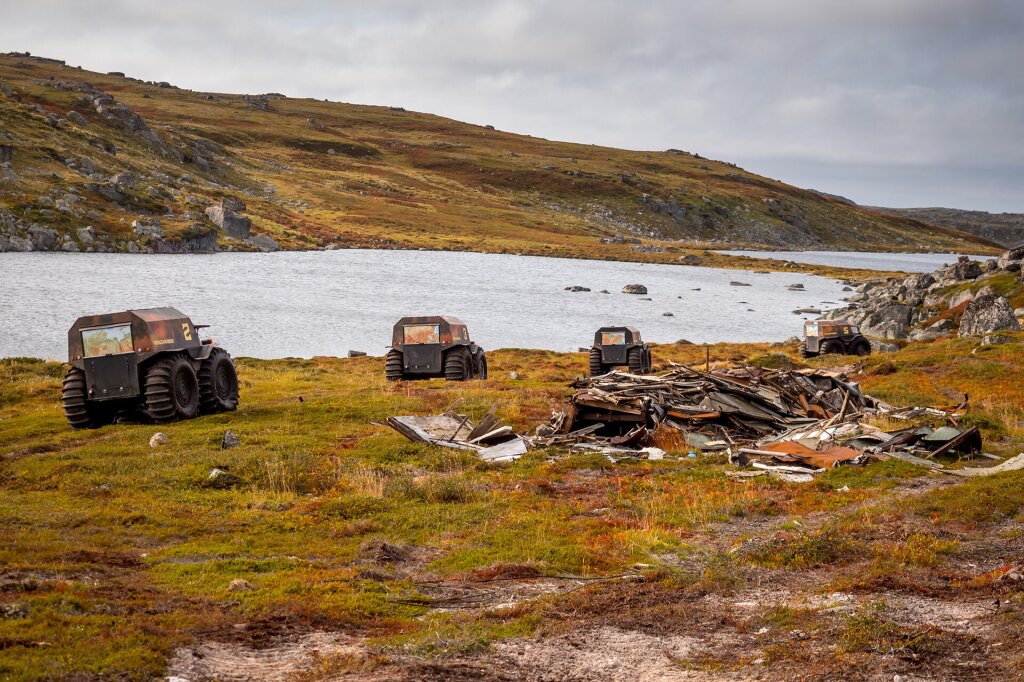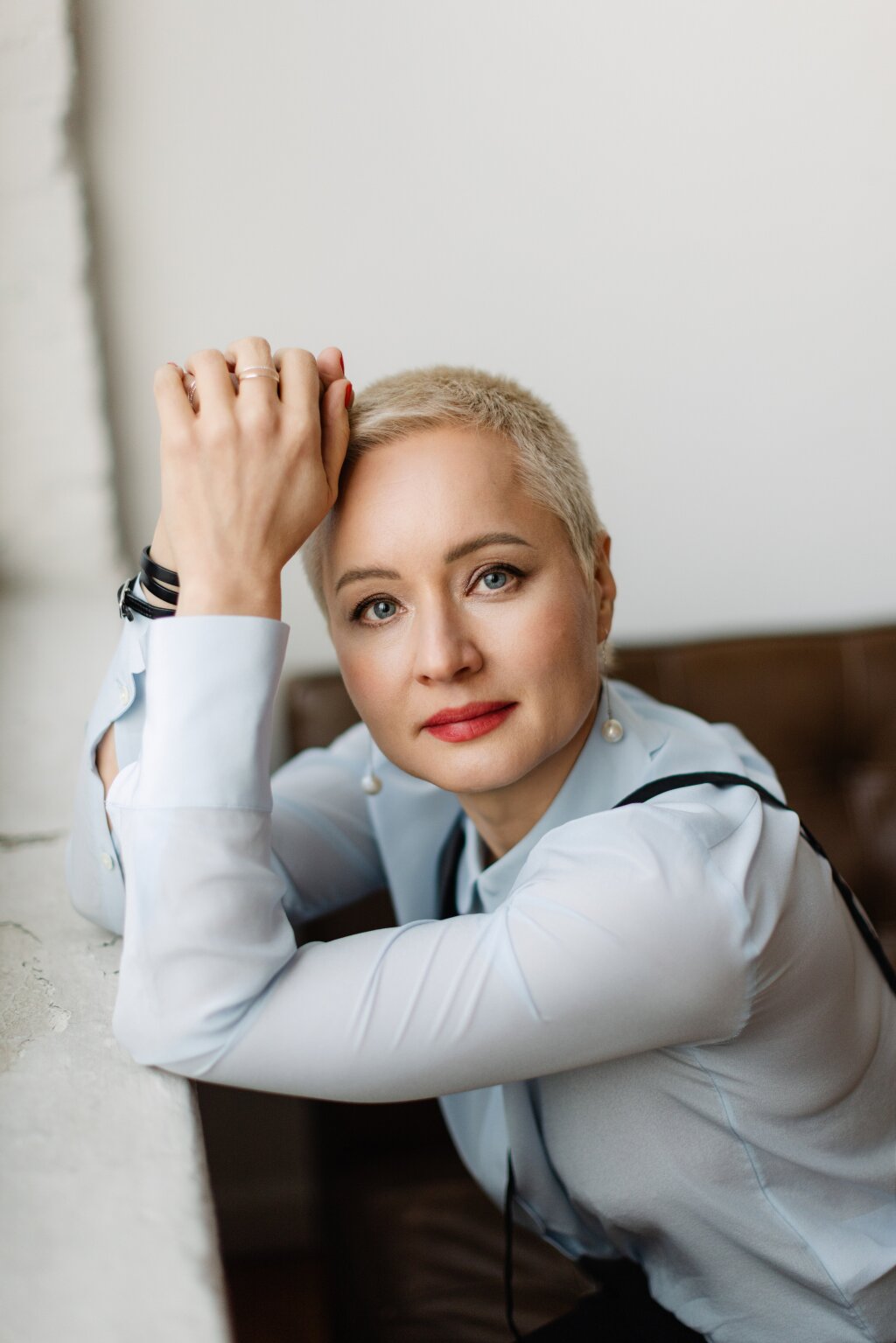On May 12th, 2017 please join us for a lecture entitled "Combat in and with the Desert: Three Russian Travelogues about Turkmenia and Their Environmental Significance" by Katharine Holt, University of St. Andrews in Scotland. The event is part of the Occasional series, sponsored by the Jordan Center for the Advanced Study of Russia.
This talk will explore the relationship between Russian imaginative writing about Central Asia and Russo-Soviet attempts to radically transform its desert territories. At the heart of Holt's talk will be an examination of three travelogues produced during key moments in the Russian colonization of Turkmenia: Nikolai Murav’ev’s Puteshestvie v Turkmeniiu i Khivu (Muraviev’s Journey to Khiva Through the Turcoman Country, 1819-20), Nikolai Karazin’s V nizov’iakh Amu (On the Lower Reaches of the Amu-Darya, 1875), and Mikhail Loskutov’s Rasskazy o dorogakh (Stories about Roads, 1935). Approaching colonization as an ecological phenomenon as well as a human one, Holt will analyze how each text presents the relationship between the individual traveler-author (a representative of an imperial state in each case) and “the sands” of Turkmenia. She will offer specific conclusions about these texts and their contexts, but also suggest that there is an important through-line connecting them—and leading from them to a set of (environmentally catastrophic) Soviet attempts to remake the desert. Holt's focus in this talk will be on Murav’ev, Karazin, and Loskutov, but she will contextualize my findings within the larger scholarship on Russian literature and empire, which has thus far paid relatively little attention to Central Asia and its environment.
Katharine Holt is Lecturer (Assistant Professor) in Russian at the University of St Andrews in Scotland. Her research interests include nineteenth-, twentieth-, and twenty-first-century Russian literature and culture; environmental humanities; empire studies; and Central Asian history. Her current book project, Writing the Russian Desert, 1881-1935, examines how the desert regions of Central Asia were represented in Russian literary works during the late imperial and early Soviet periods. Focusing on the Kara-Kum, the book investigates how the production of texts about the space changed as the Russian Empire gave way to the Soviet and Russian environmental discourse evolved. At the same time, the study illuminates how the literary inscription of Central Asia played a part in the Russo-Soviet project to materially transform the region—a project that had disastrous environmental consequences. Holt has also published on Andrei Platonov, Dzhambul Dzhabaev, Abulqasim Lahuti, Aleksandr Pushkin, and Danilo Kiš, and is at work on articles about Nikolai Tikhonov, Dziga Vertov, and Viktor Turin.
Image: Nikolai Karazin's painting Siege of Geok Tepe



